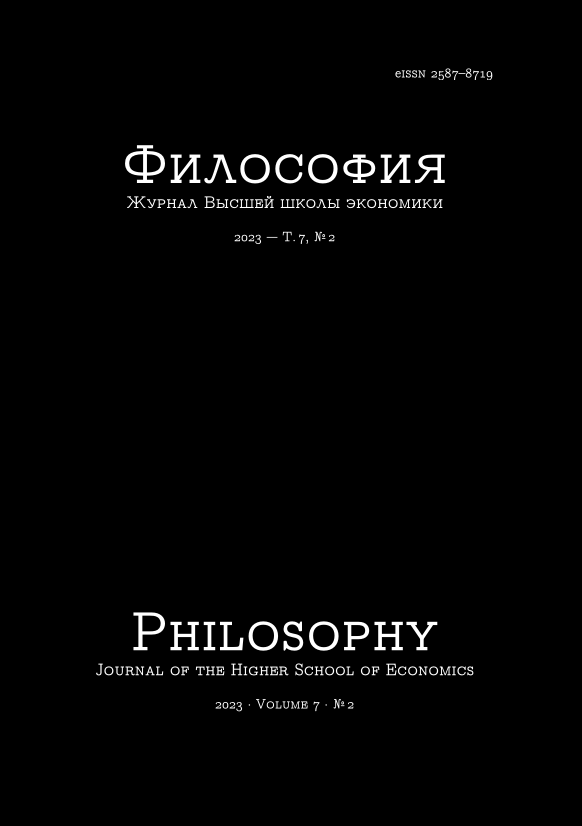On Kantʼs Concept of Critique and Critical Method
Abstract
The paper briefly outlines the prehistory of Kant's notion of critique. I identify the most common meanings of critique demonstrated in the works of J. Clericus, J.G. Walch, J.Chr. Gottsched, and J.-F. Marmontel. Comparing these meanings, I briefly characterize the most original features of Kantʼs notion of critique, which is close to his original works published after 1781. The originality of Kantʼs mature concept of critique can be specified as follows: it is focused on cognitive faculty, compared with a judicial process, and has no barriers, including the sphere of religion, law, and morality. The concept is connected with demands for freedom of thought and speech and represents its epoch as the age of critique. Along with a general characterization of Kant's critique, I also specify the metaphysical sense of critique. In the metaphysical sense, critique represents a middle way between dogmatism and skepticism. Based on the metaphysical treatment of critique, I define Kant's notion of the critical method, which is aimed at overcoming dogmatism and skepticism by discovering the common fallacies that unite them with each other. I demonstrate the misunderstanding and oblivion of Kantian innovations in developing critique and criticism through the popular treatment of so-called “critical thinking” that has found a definite application in the Russian educational process. This “critical thinking” type traces back to J. Dewey and almost completely ignores Kant's achievements.
Downloads
Copyright (c) 2023 Philosophy. Journal of the Higher School of Economics

This work is licensed under a Creative Commons Attribution-NonCommercial 4.0 International License.






